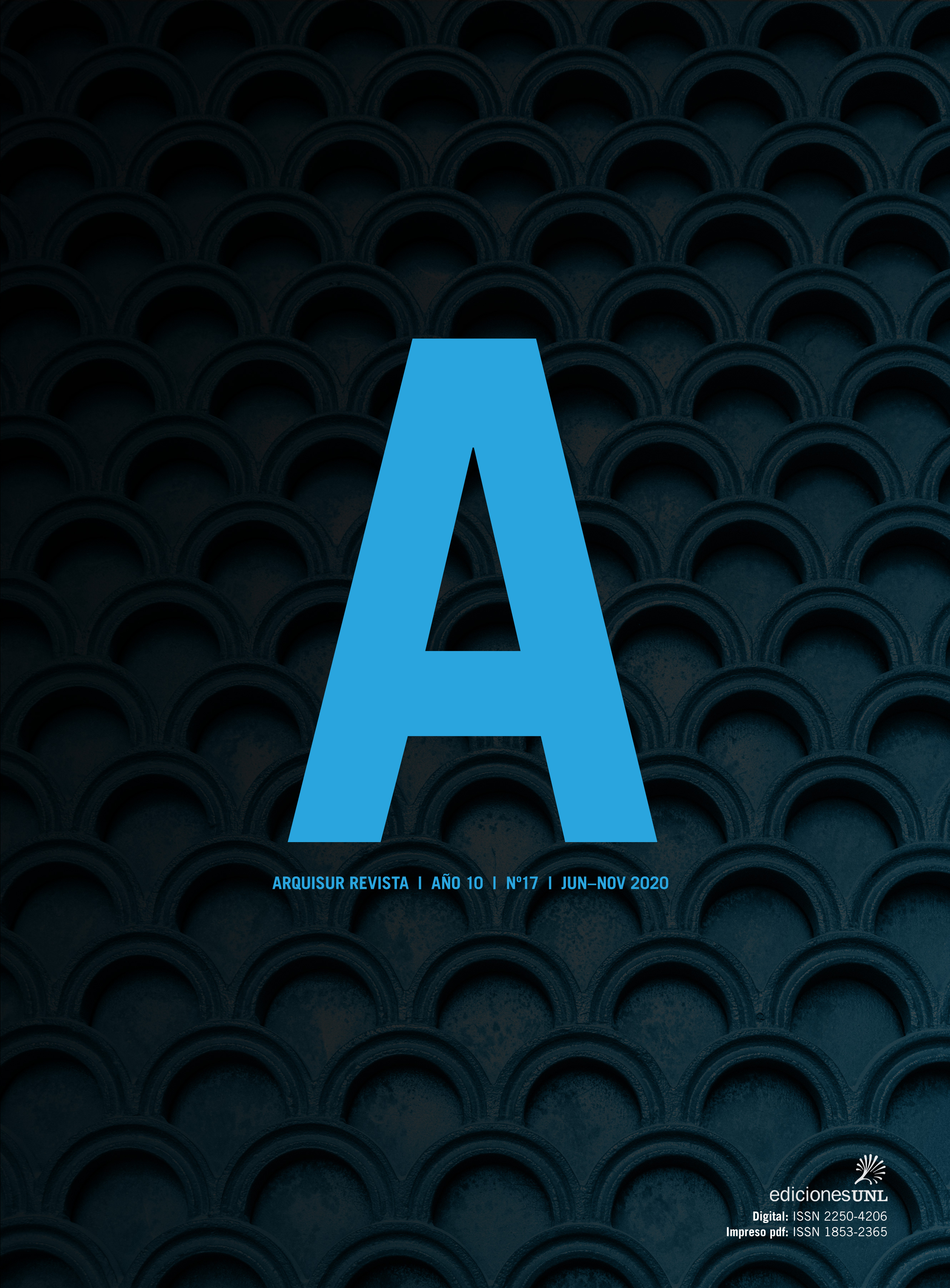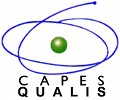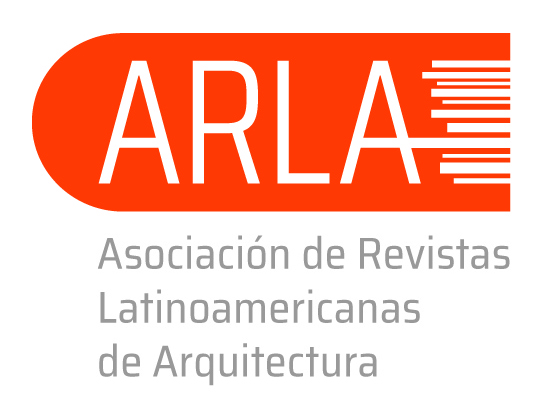Hanging towers, or setting on crisis compression
DOI:
https://doi.org/10.14409/ar.v10i17.8138Keywords:
architecture, project, technology towers, hanging towers, light constructionAbstract
We can understand the modern architecture, product of the industrial revolution in the West, as the transfer of a mono-material way of building, where the thermal, stagnant and stable functions of the envelope are reduced to a single material, which through its thickness solves all the problems related to comfort; to the construction of the differentiation of the envelopes where each layer will fulfill a specific function with the lowest possible thickness and weight. Within this scheme the supporting structure, from the development of materials that work very well to traction (iron and reinforced concrete), goes from being a continuous structure, such as the wall and the vault, to be a system of elements articulated. In this context we can define it as a change of constructive paradigm from stereotomic construction to tectonic construction. In this context we could think that this reduction of the structural material to the minimum section, reaches its maximum expression in the towers of suspended structures, in the minimum section of its cables working with traction, could we define this process, in broad terms, as a put in crisis of compression?
Published
How to Cite
Issue
Section
License
ACCESO ABIERTO
ARQUISUR Revista es una publicación de acceso abierto y sin ánimo de lucro. No se imputan cargos por la recepción, revisión, evaluación, publicación ni acceso a sus contenidos. Se distribuye bajo una Licencia Creative Commons CC Atribución-NoComercial-SinDerivadas 4.0 Internacional (CC BY-NC-ND 4.0): No se permite un uso comercial de la obra original ni la generación de obras derivadas. Esta licencia no es una licencia libre, y es la más cercana al derecho de autor tradicional.
DESCARGO
Los criterios expuestos en los artículos son de exclusiva responsabilidad de sus autores y no reflejan necesariamente la opinión del Comité Editorial ni de la Dirección Editorial Técnica. Los derechos de los artículos publicados pertenecen a sus autores o editoriales. Los autores ceden sus derechos de publicación al Centro de Ediciones de la Universidad Nacional del Litoral de Santa Fe, Argentina.














